Truck Sales: What Does "58 Consecutive Months Of Growth" Mean For The Ram P/U?
What do 58 consecutive months of year-over-year U.S. sales improvement look like? The accompanying chart is one way of looking at it. Ever since May 2010, Ram P/U sales have been on the rise. Most recently, this translated to a 24% year-over-year increase in calendar year 2014, a 14% jump in January 2015, and a 7% improvement last month.
No high-volume vehicle has even approached the level of consistent growth achieved by the Ram P/U, America’s third-best-selling vehicle line. The Audi brand’s 50 consecutive months of year-over-year improvement and 19 consecutive months of monthly sales records is similar, powered by an expansion of its model range, greater interest in entry-level luxury, and steadily improving brand image. Indeed, the Ram P/U’s parent company, FCA (née Chrysler Group) has posted consecutive U.S. year-over-year sales increases in every month going back to April 2010.
Of course, part of the reason for the steady growth of the Ram truck line was its steady decline. Ram volume declined in 2004, 2005, 2006, 2007, 2008, and 2009, tumbling 61% between 2003’s high of 449,371 sales and 2009’s 177,268-unit performance.
While it’s true that the truck market declined consistently during the same period, the class-leading Ford F-Series didn’t fall quite as hard, sliding 56% between 2004’s record high and 2009’s low point. Moreover, while the F-Series continues to be America’s top-selling truck and best-selling vehicle line overall, it hasn’t recovered to the same degree as the Ram: F-Series sales jumped 82% between 2009 and 2014 and even last year were still 20% off 2004’s pace.
Ram sales, meanwhile, jumped 148% between 2009 and 2014. Last year, the Ram P/U was only 9582 sales off its 2003 total.
And yet, even now, Ford’s overwhelming capacity and steady increases from the full-size GM twins keep the Ram at bay. In 2003, 18.8% of the full-size trucks sold in the United States were Rams. Over the last two months, that figure is only modestly higher at 20.1%.
Timothy Cain is the founder of GoodCarBadCar.net, which obsesses over the free and frequent publication of U.S. and Canadian auto sales figures.
More by Timothy Cain
Latest Car Reviews
Read moreLatest Product Reviews
Read moreRecent Comments
- Alan Where's Earnest? TX? NM? AR? Must be a new Tesla plant the Earnest plant.
- Alan Change will occur and a sloppy transition to a more environmentally friendly society will occur. There will be plenty of screaming and kicking in the process.I don't know why certain individuals keep on touting that what is put forward will occur. It's all talk and BS, but the transition will occur eventually.This conversation is no different to union demands, does the union always get what they want, or a portion of their demands? Green ideas will be put forward to discuss and debate and an outcome will be had.Hydrogen is the only logical form of renewable energy to power transport in the future. Why? Like oil the materials to manufacture batteries is limited.
- Alan As the established auto manufacturers become better at producing EVs I think Tesla will lay off more workers.In 2019 Tesla held 81% of the US EV market. 2023 it has dwindled to 54% of the US market. If this trend continues Tesla will definitely downsize more.There is one thing that the established auto manufacturers do better than Tesla. That is generate new models. Tesla seems unable to refresh its lineup quick enough against competition. Sort of like why did Sears go broke? Sears was the mail order king, one would think it would of been easier to transition to online sales. Sears couldn't adapt to on line shopping competitively, so Amazon killed it.
- Alan I wonder if China has Great Wall condos?
- Alan This is one Toyota that I thought was attractive and stylish since I was a teenager. I don't like how the muffler is positioned.




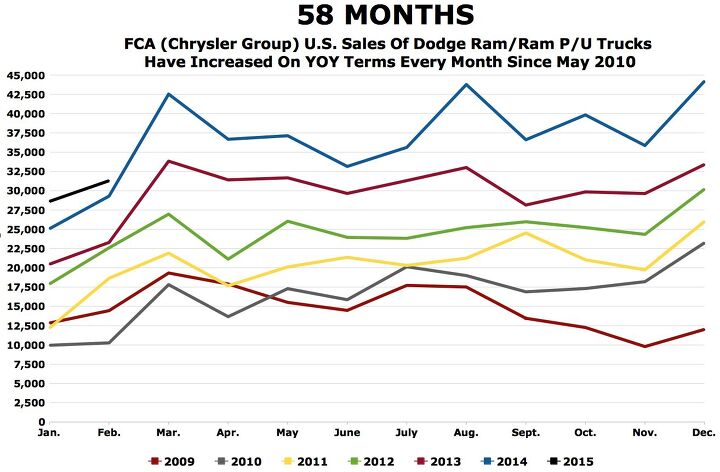















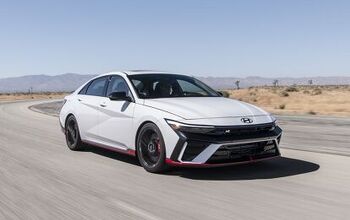
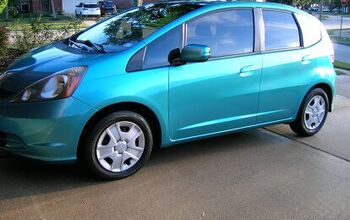


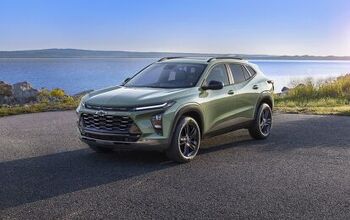

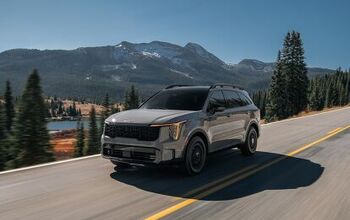

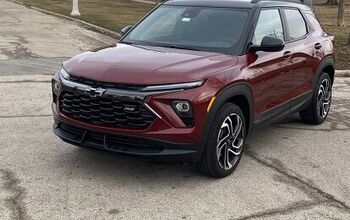
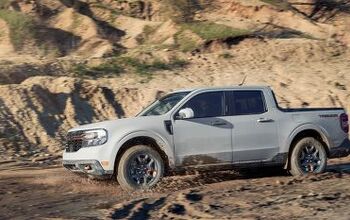
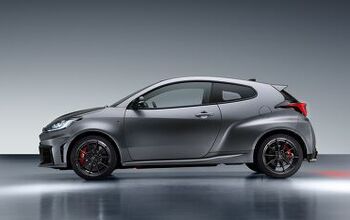
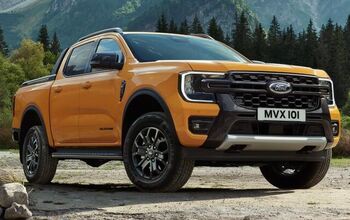



Comments
Join the conversation
Is there a required engine or trim level to get the exhausts integrated into the bumper? I really like the look, I've just noticed some with the feature and some without.
What no Ford, Toyota or Nissan person can deny is that they have blatantly copied the "Big Rig" styling Dodge came up with in the 90's.